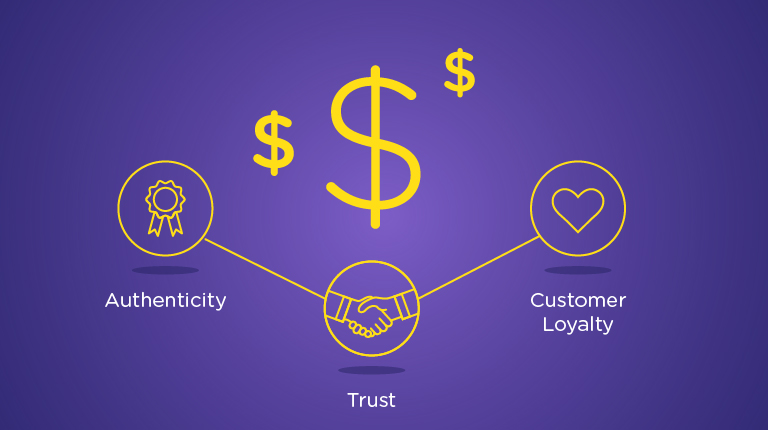A happy customer is a loyal customer, and nothing is more of a cornerstone of a successful business than customer loyalty. This is true for all industries, banking included. A Forrester survey found that, among customers who felt valued by their bank, 71% planned to stay with that bank, 87% advocated for it, and 82% spent more money.
Banks however have a difficult task measuring customer loyalty due to the issue of “hidden defections”. Banks are commonly leaking customers’ business to competitor banks, fintechs and single-line specialist companies but are unaware due to users maintaining their checking account, though with intermittent usage.
Understanding this is all well and good, but what can you do to increase loyalty towards your bank? Stemming the hidden defections requires banks to develop more appealing core products and propositions, along with seamless digital operations that resolve a customer’s need the first time. Read on to learn more.
Empower customers to self serve digitally
2022 is a digital first world. Although we were already heading that way, the Covid-19 pandemic accelerated this shift at an unexpected rate. 2021 saw smartphone ownership rate in the US reach 85% and this is only going to keep increasing, meaning more and more tasks will be completed digitally and on the go.
In line with this trend, it’s now essential for banks to develop seamless digital operations that resolve a customer’s need the first time, without forcing the customer to resort to a phone call or branch visit. Empowering customers to complete tasks themselves, such as completing credit card applications or cashing checks, via a seamless digital experience is a great way to increase customer loyalty.
Allow technology to do the heavy lifting
Understanding which tasks can be automated and delegated to AI technology, and which still need a human touch, is a balancing act that can have high rewards for banks if they can get it right. For example, allowing a prospect to open a checking account themselves digitally is a simple task with numerous benefits. Not only have you just gained a new customer, you’ve done it in a manner where the user was in control of the interaction and you’ve saved money by not requiring human agent involvement.
More complex and sensitive tasks can be started by technology but may need a human touch or helping hand to finish. Customers appreciate employee intervention and advice in purchase episodes for more serious investments, such as mortgages and wealth management. Implementing smart technology, like an Intelligent Virtual Assistant (IVA), can be of great benefit here. The AI can help a customer walk through the process and have everything in place for a human agent to finish and ensure the user is happy with their purchase.
Offer a wider product portfolio
Although the holding and management of customers’ money is a bank’s primary objective, diversifying your product portfolio can be another great way to increase loyalty. People have busy lives and would much rather have multiple products (bank account, credit card, mortgage) in one place, if the offering was right, for simplicity.
Going a step further, a number of fast growing and agile fintech businesses offer currency exchange and peer-to-peer payments. Wire transfers and currency conversions are slow and expensive from traditional banks, which allowed fintech organizations to exploit this pain point by offering quick and cheaper transfers that span the globe and include multiple currencies. Covid aside, people love to travel and banks introducing roadblocks of foreign transaction and currency conversion fees only pushes users into the arms of fintech startups.
Use your wealth of customer data to provide personalized service
A Salesforce survey found that 70% of consumers say a company’s understanding of their personal needs influences their loyalty. A customer isn’t just a number, they’re a person with their own needs, wants and challenges. It’s essential that you use the wealth of knowledge you have to provide each customer with a personalized experience.
Track customer behavior so you know why they’re calling before they even think to. Analyze buying trends so you can recommend the most appealing credit card. Understand their pain points so you can revolutionize your product offering. All of this starts with utilizing the personal data you already have.
Loyalty stems from trust, and trust is built through authentic, meaningful customer experiences. Discover how banks can strengthen connections with customers by merging personalization, transparency, and empathy in every interaction. Learn more about building trust in banking.




